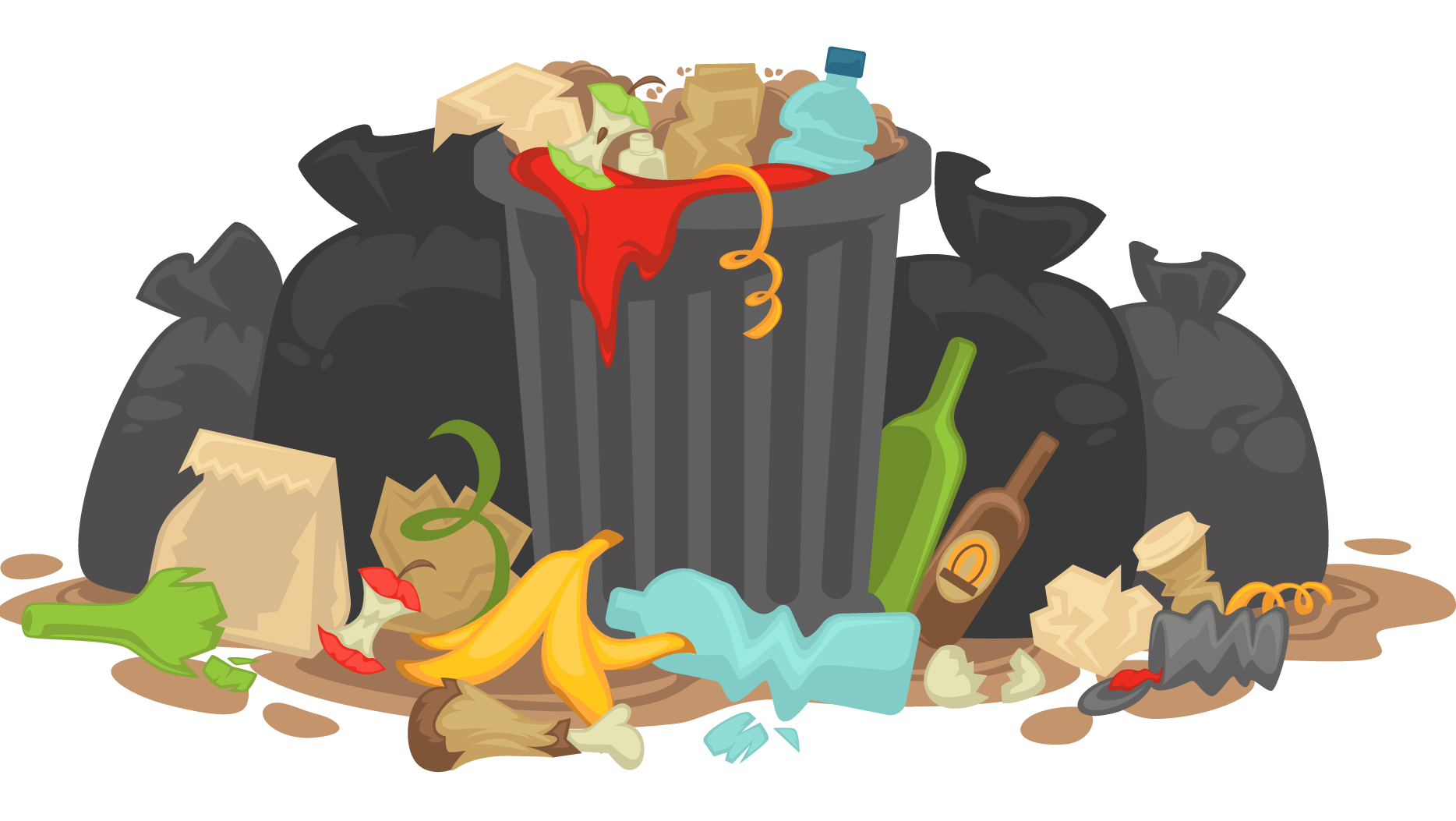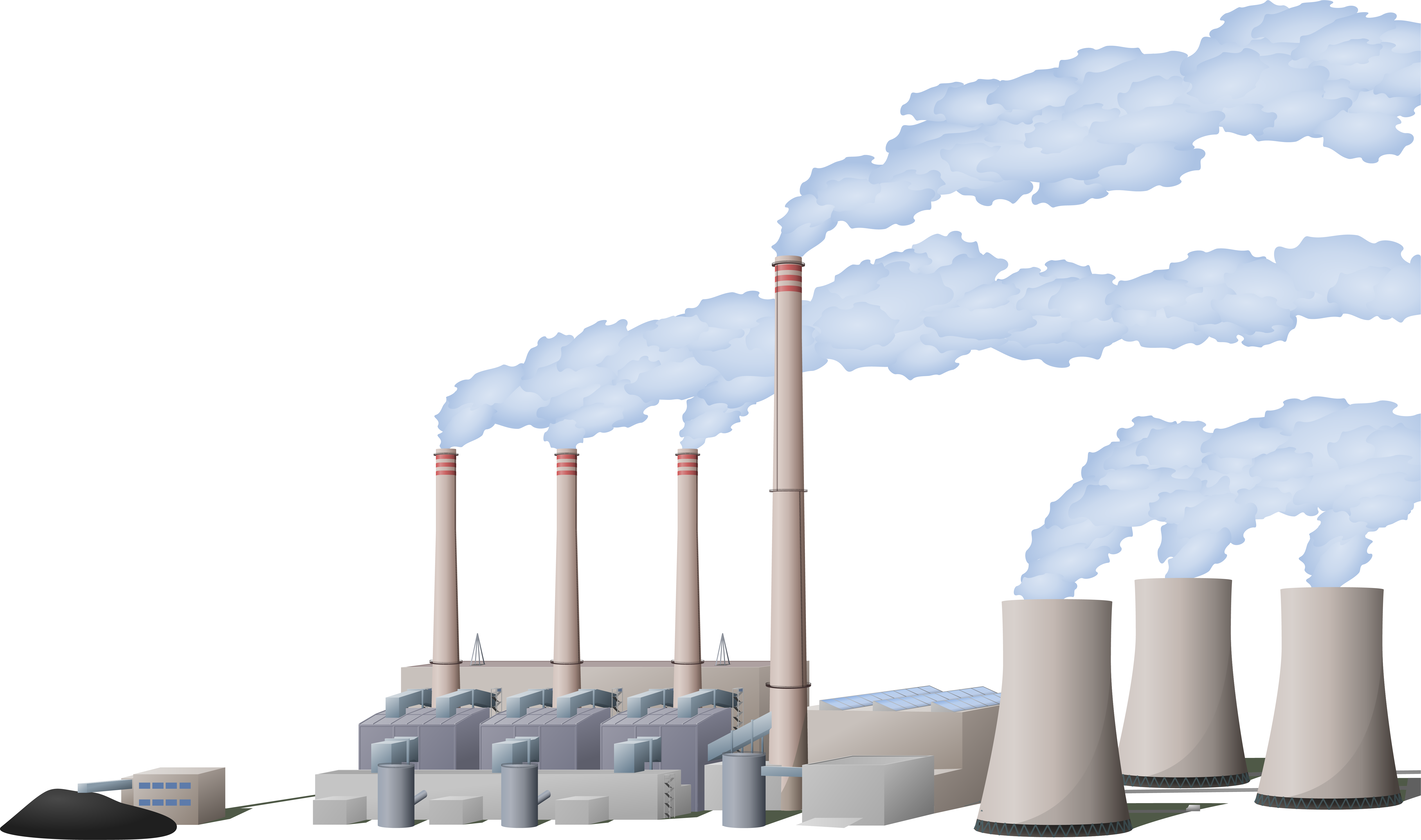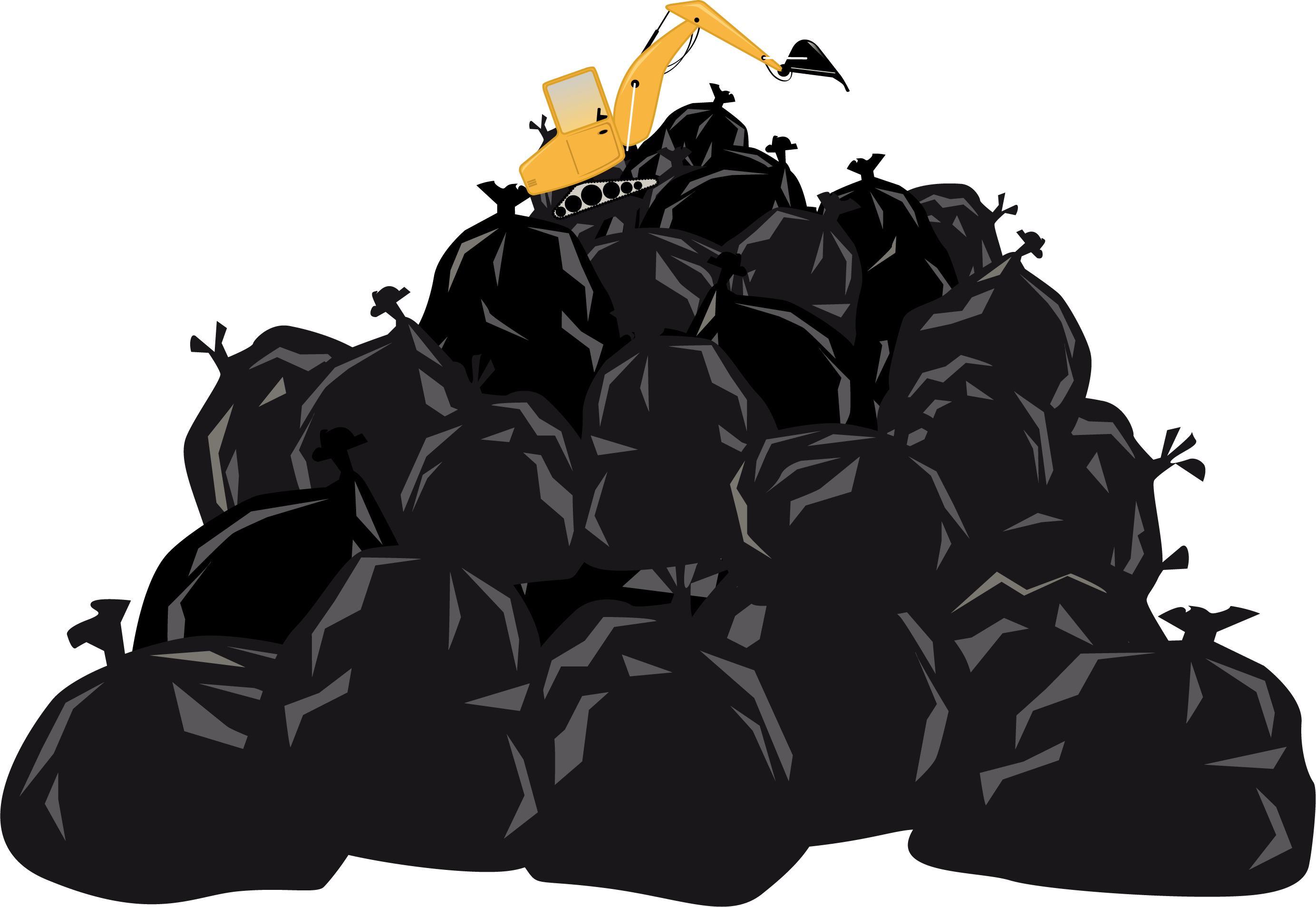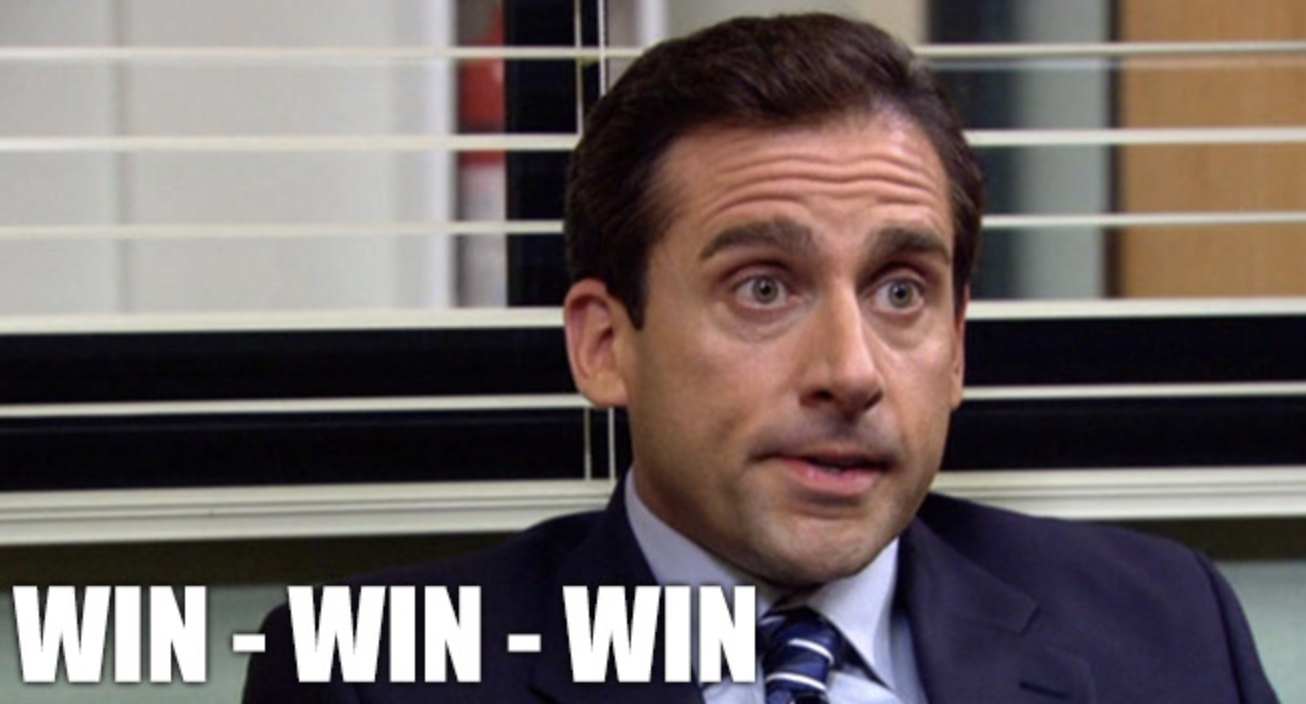Sustainable is an all to familiar buzz word in the restaurant and several other industries as of late. It seems to have become more prominent the more we learn about our environment, our food, and how the two are connected. We deep dive into the industry every time we perform a new install, according to trends for restaurants and EMS systems as of late here are some reasons why your food shouldn’t be the only thing that is sustainable…
1
Because it’s good for our environment: Getting food from the farm to our fork eats up 10 percent of the total U.S. energy budget, uses 50 percent of U.S. land, and swallows 80 percent of all freshwater consumed in the United States


2
Restaurants use 2x more energy per square foot than any other industry: Producing energy contributes to the breakdown of our environment. Power plants must produce more power to keep up with the demand, which emits more co2 emission into the air. Americans emit about 9 tons of co2 emissions per person per year, this is only accounting for the power sector!
3
LEED the Restaurant industry: Prove to your customers you are going the extra mile to help the environment in every way you possibly can. Get a LEED certification to initiate change and do your part in the restaurant community. Check out the requirements to become a green building here. Not to mention all the awesome PR you’ll get because you love the environment and are doing your part to help!


4
Millennials love the environment: Young adults age 25-34 and families are more apt to be influenced by a range of sustainability and sourcing menu terms. This only increases your business when millennials comprise about ¼ of the U.S. population!
5
unEaten food at retailers, restaurants, and homes costs about $161 billion annually: Uneaten food by patrons does not always get taken home…diners leave 17% of meals uneaten and 55% of that 17% are not taken home and just thrown out. That’s money that could have been in your pocket and lessen food waste. Options to help reduce food waste include offering smaller portion sizes, identifying what options are being wasted, and a restaurant in London even charges a fee for unfinished food and donates those proceeds to the charity Oxfam.

Restaurant Energy Consumption
6
Refrigeration accounts for 32% of a restaurants total energy consumption: Simple inspections of refrigerator equipment is all it takes to ensure you are as efficient as you can be. Regular cleaning and inspection of refrigeration coils and door seals can save you a headache later. Controllers that mitigate defrosts are also ideal to cut down on defrosts and conserve energy.
7
19% of a restaurants energy goes directly to lighting: Making the switch to LED or installing an EMS that controls and puts all lighting on schedules can significantly cut your costs where you may have thought that there was nothing left to be done. In a specific Small Box Energy case study we decreased lighting consumption by 8%.


8
As of 2016 10% of the total U.S energy consumption came from renewable energy sources: That means that 90% of the energy consumption came from non-renewable sources. There is a limited amount of fossil fuels and it takes millions of years to produce, it is estimated that the world. not just the U.S., will run out of fossil fuels within 100-200 years.
9
Food waste that goes into landfills generates methane. Methane is 21 times more harmful than CO2: Another reason to offer carryout containers that are environmentally friendly or add that smaller portion section to your menu like you have been thinking.


10
Installing an EMS (energy management system) can reduce your energy consumption by up to 25% and in some cases $8000 annually: An energy management system can help your business cut where it makes sense and a difference. Simple automated controls and sensors installed in all your critical systems (HVAC, refrigeration, lighting..etc) helps you monitor, control, and reduce your kwh consumption. Reducing your energy consumption by 25% will significantly help in efforts to reduce your carbon footprint. It’s a win win win!
All of these suggestions are merely that, suggestions. They are just words and will remain that until you take action. That’s the challenge. Take action, lead others, inspire and show your customers and peers your motives are not just driven by just making money, but by how what you do has a lasting impact on the environment.
